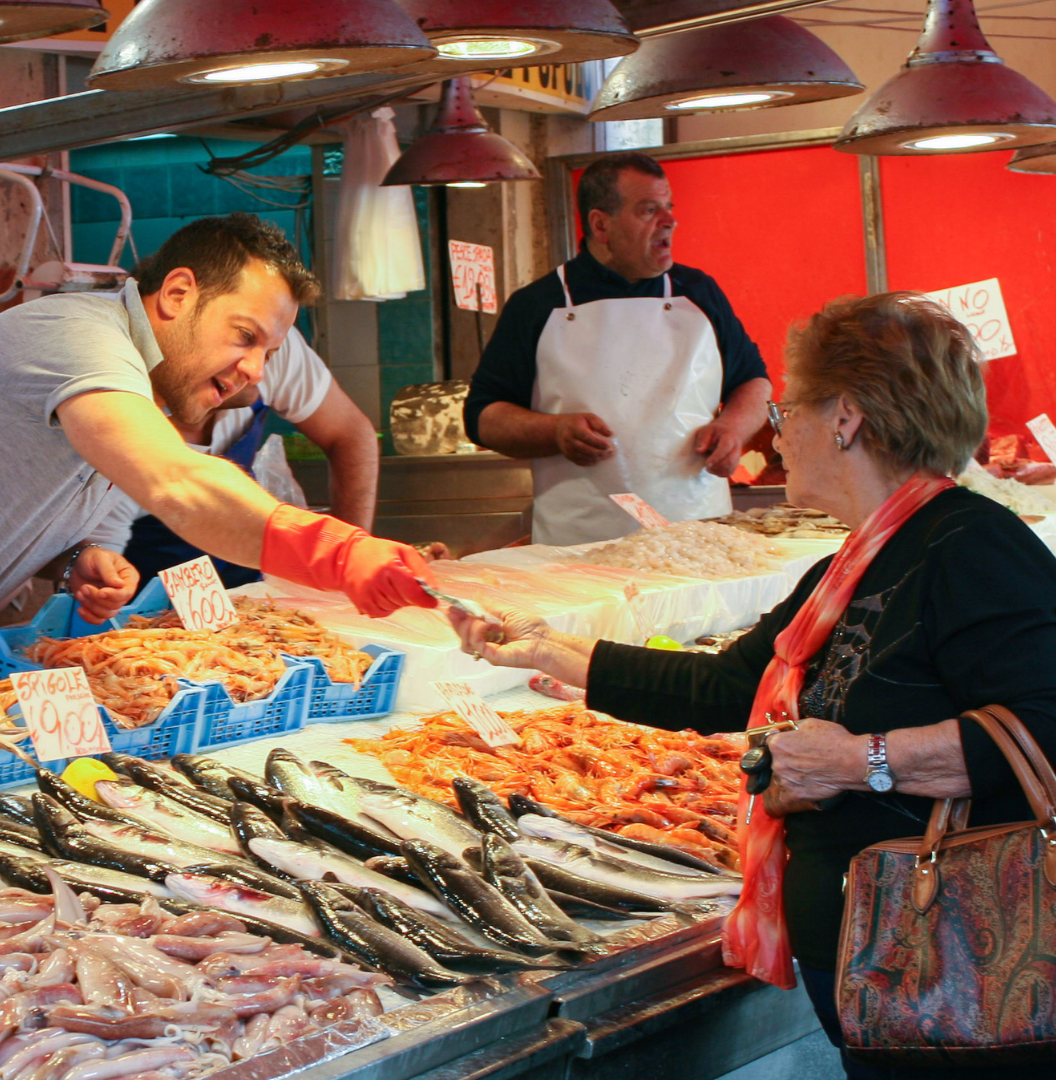Fishing is a human activity that holds various social and economic implications – from the jobs it provides to the incomes and revenue it generates. The potential knock-on effects on these social and economic implications can be significant, and key factors for consideration when determining new management strategies.
In this report, our Social and Economic Effects of and on Fishing work theme reviewed the management strategies currently employed in European marine regions, identifying the relevant indicators, models and tools that can be used to predict – and improve – the effectiveness of the strategies from social and economic perspectives.

The objective of this study was to identify the critical social and economic aspects of fisheries, relevant social and economic indicators, and regionally‐relevant management measures that should be considered in the evaluations of different management strategies later in the SEAwise project.
A series of scoping consultations with the SEAwise Network, coupled with desk based research, identified a number of potentially relevant indicators and management measures:
In regional terms, over 30% of the papers analysed concerned the Mediterranean region, followed by Western Waters, the North Sea and the Baltic Sea, indicating a higher contribution of Mediterranean studies to the conclusions.
Aspects identified frequently in both scoping and systematic reviews included MPAs, small-scale fisheries, and Total Allowable Catches (TACs). However, there were also aspects which appeared to be represented differently in the evaluations, indicating discrepancies between the available knowledge and that sought by the end users. For example, there was a degree of overlap between ‘employment’ and ‘coastal communities’, suggesting that better distinction between the two is needed in order for future research and predictive modelling to be truly useful.
Going forward, the information featured in this report will contribute to upcoming SEAwise research, including the synthesis of social-ecological systems framework, comparison of management strategies, and design of effective governance measures.
Read the full report, here.
Stay up to date with SEAwise news and research, hear about upcoming events, and receive updates on fisheries news from across the European seascape.